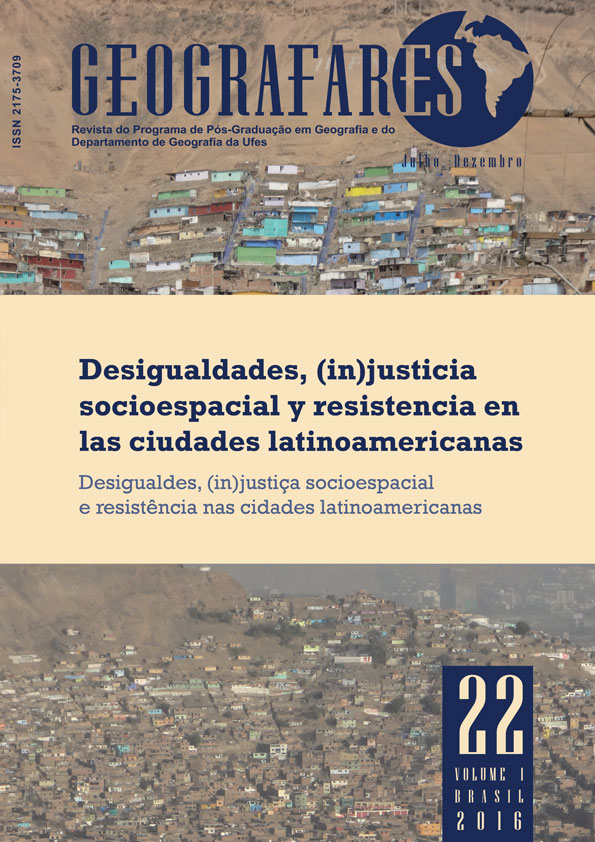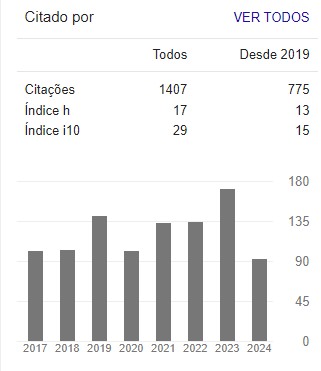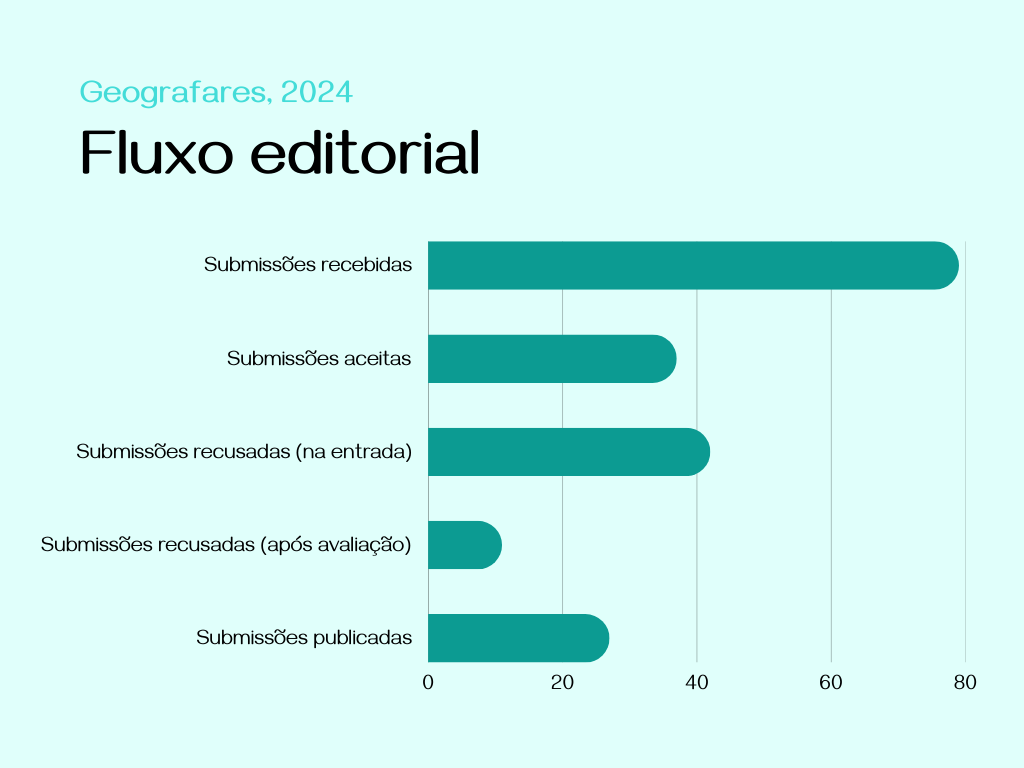Everyone’s and No one’s Place: The historic town of Tegucigalpa-Comayagüela at the beginning of the XXIth Century
DOI:
https://doi.org/10.7147/GEO22.14748Abstract
Tegucigalpa, founded at the end of the XVIth Century, became the capital city in 1880, and the Central District –Tegucigalpa and Comayagüela- in 1937. Its Historic Center extends over some 1.8 km², segmented by the Choluteca River. In spite of the functional obsolescence of a good number of buildings, the Historic City Center retains its emblematic value in the collective imagery as an identity stronghold, historic town and the seat of the central government. Although the citizenry recognizes the loss of public spaces, the lack of political will from decisions makers deprives civil society of valid dialogue partners. Under these circumstances, it is urgent to forge a stronger link between the younger generations and their Historic Center.
Key words: Historic Center, collective imagery, public spaces.
Downloads
Downloads
Published
How to Cite
Issue
Section
License
Copyright (c) 2016 Geografares

This work is licensed under a Creative Commons Attribution 4.0 International License.
Copyrights Declaration
Authors who publish in the journal agree with the following terms:
- Authors will keep their copyrights and grant the journal the right to their first publishing, simultaneously licenced under Creative Commons Attribution License which allows sharing their work with authorship recognition and initial release through this journal.
- Authors may sign additional contracts separately diffusing a non-exclusively version of the paper published in this journal (i.g. publishing in institutional repository or as a book chapter), once citing the authorship and initial release through this journal.
- Authors are encouraged to publicize and diffuse their paper online, for example onto institutional repositories or on their personal websites.




























